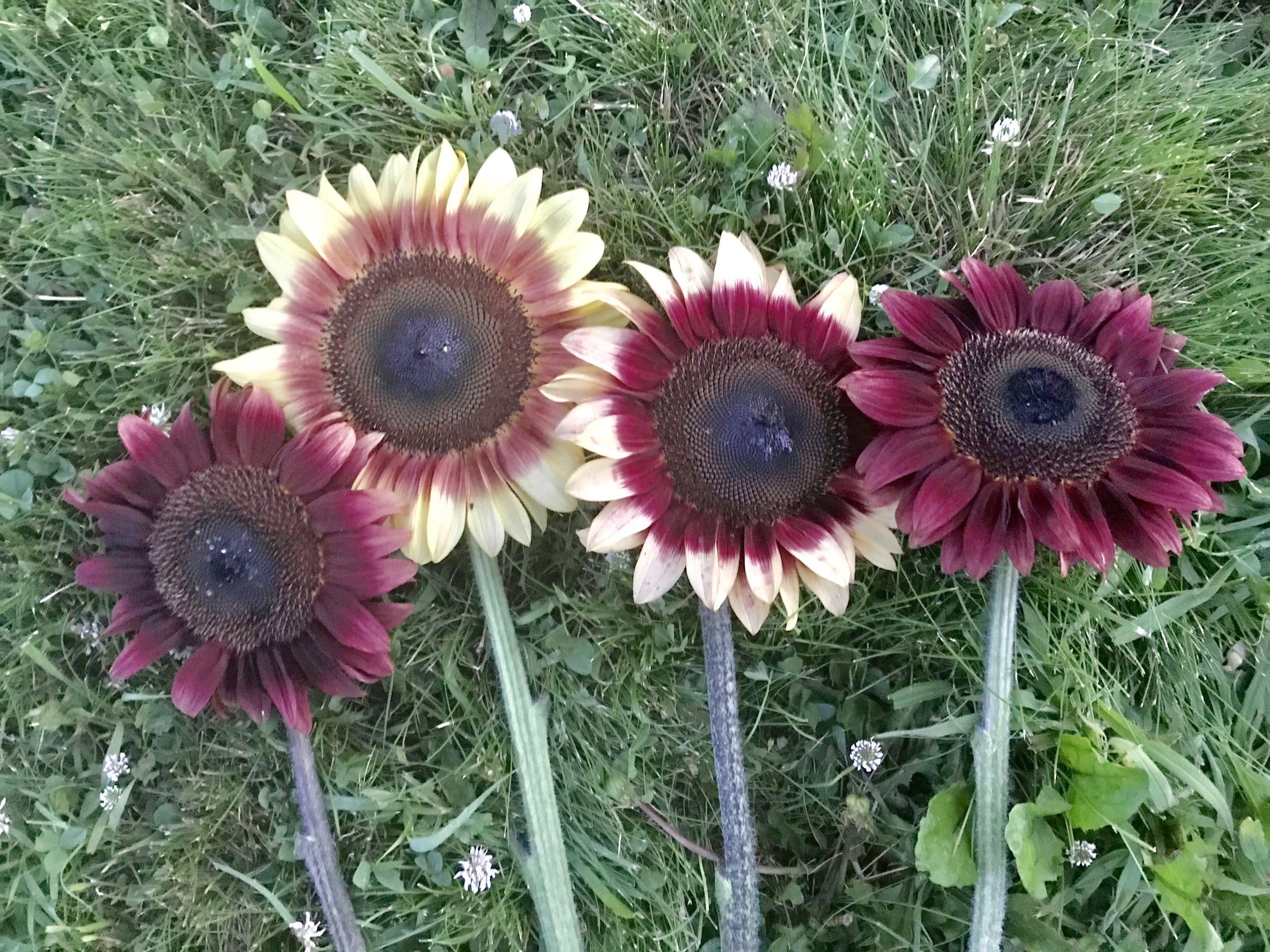Adopt earth-friendly habits and your yard (and wallet) will thank you. It pays to be green, whether it’s because you want to live an environmentally conscious lifestyle or you simply want to save time and money. No matter your motives, your backyard will be better for it. Here are a few tips for transforming your space from good to great.
Contents
1. Don’t Mow As Deep

Try letting your lawn grow a few inches to help it better tolerate drought conditions in warmer months. (Cool-season grasses can grow up to 3½ to 4 inches, while most warm-season grasses are shorter.) Roots grow deeper and lawns thicker, which means fewer pests, less disease and a decreased need for chemical intervention.
2. Grow Local

Native plants are accustomed to their area’s growing conditions, so they’re a smart low-maintenance option. Once established, they generally require less water and have fewer pest and disease problems. Native wildlife love them, too, as they’re a fantastic source for food and shelter. Check with your local nursery or extension service to see which species are appropriate for the growing conditions in your neck of the woods.
3. Water The Right Way

Water between 6 and 10 a.m., when the air is cool and not as much moisture will be lost to evaporation. Watering in late afternoon is the next best option. Be sure that foliage has time to dry before damp nighttime temperatures (and fungal diseases) set in. Water near the base of plants rather than overhead—soaker hoses are ideal, as they save water by slowly delivering the good stuff right to the roots. For lawns, water long and deep (an inch should do) once a week.
4. Composting

It’s not called “gardener’s gold” for nothing. Compost keeps kitchen leftovers out of landfills and enriches soil with much-needed nutrients. Not only does it reduce dependency on chemical fertilizers, but compost also improves drainage, water retention and soil texture. Veggie and fruit scraps, tea bags, coffee grounds, eggshells, shredded newspaper, dry leaves and untreated grass clippings are all fair game.
5. Grow To Be Wild

Trade in the mower for some mulch. Take a corner of your lawn and replace it with a bed of pretty native plants or mulch that can be used to anchor a kids play set. Plant a fairy garden full of frilly ferns in an area that receives a lot of shade, or try a rain garden in a low-lying spot of waterlogged lawn. Living in the desert? Use cactus and stone to build a water-efficient xeriscape.
6. Roll Out The Red Carpet To Pollinators

According to the U.S. Fish & Wildlife Service, pollinators such as honeybees, butterflies and hummingbirds help pollinate 75 percent of our flowering plants and nearly 75 percent of our crops. There is increasing evidence that many of these vital pollinators are in decline. Planting a garden that includes plants that flower at different times of the year will provide nectar and pollen sources for pollinators throughout the growing season.